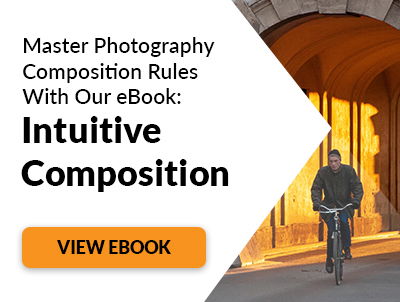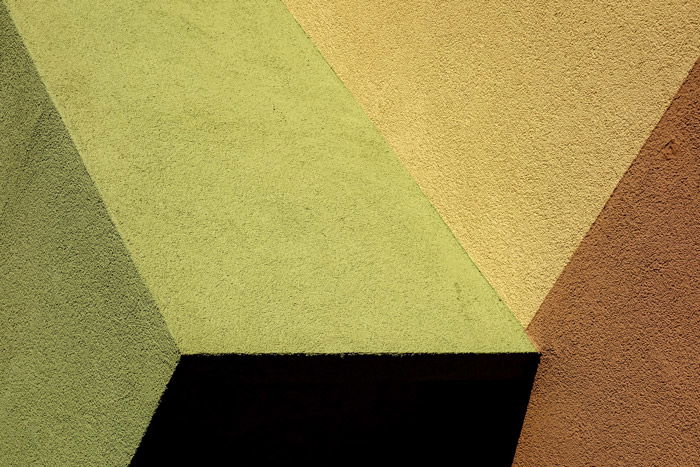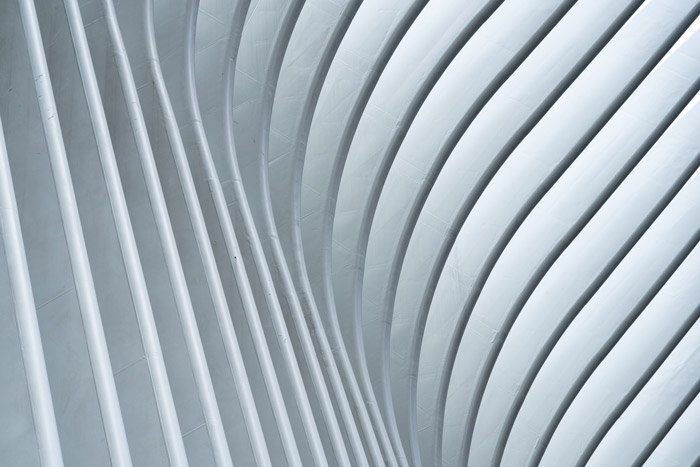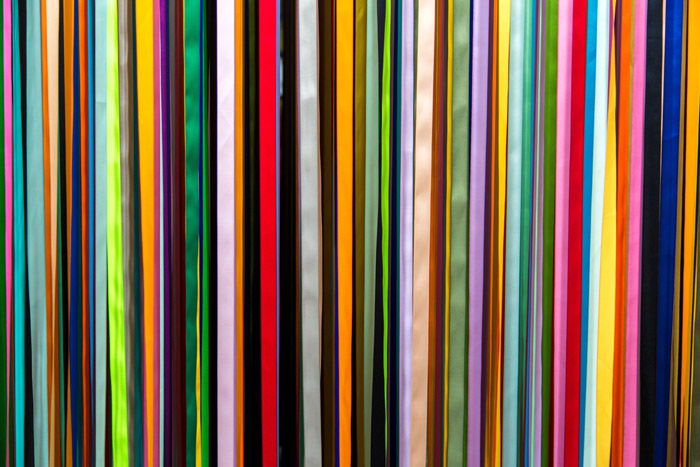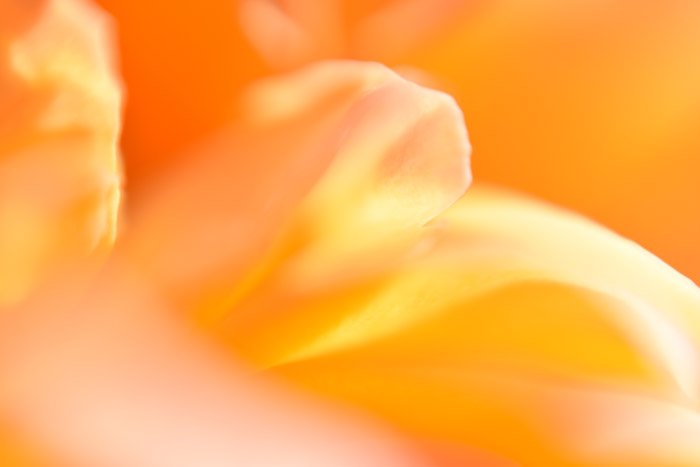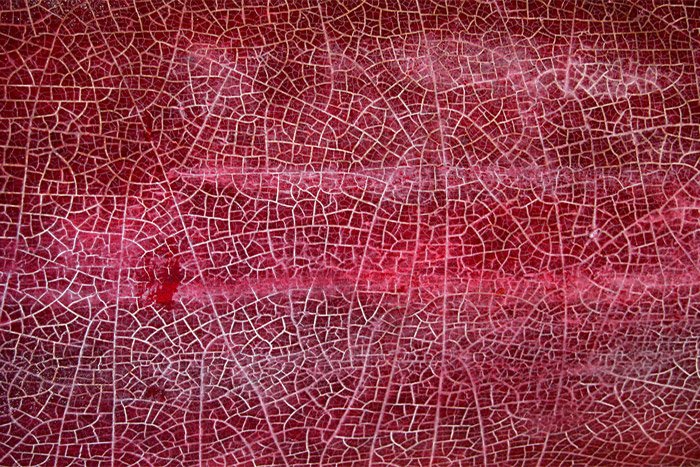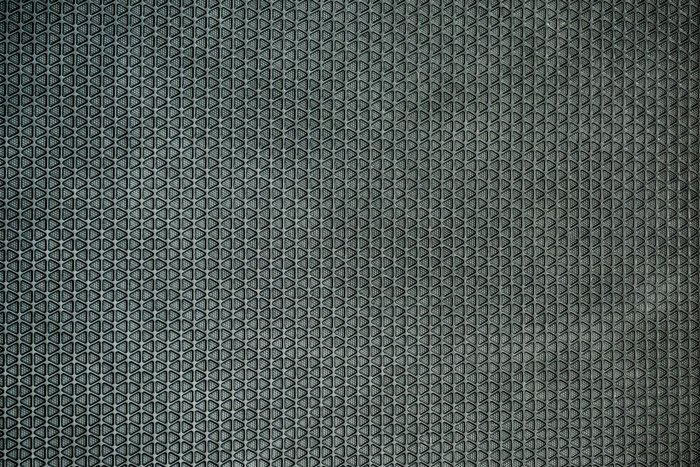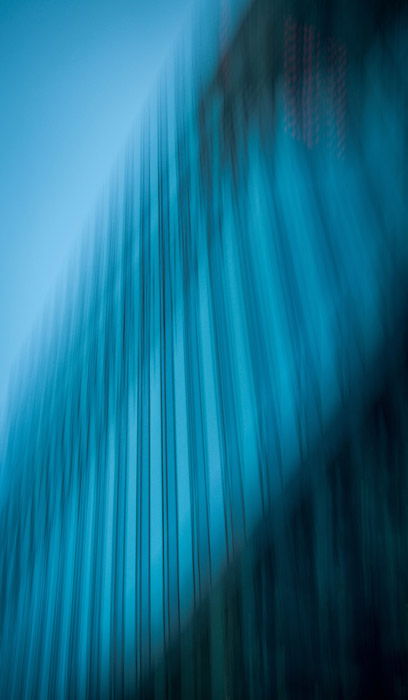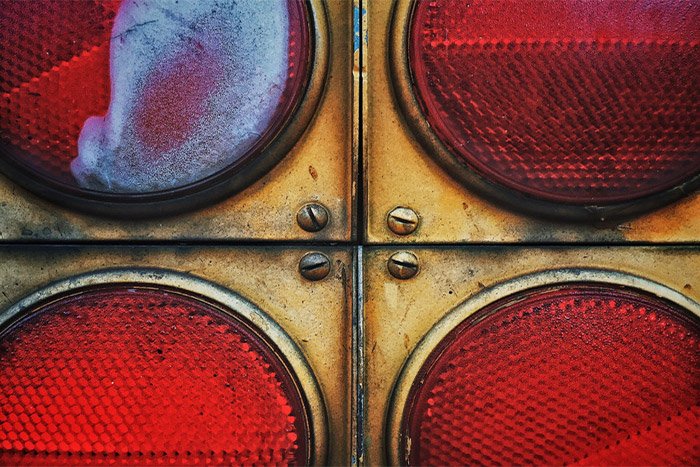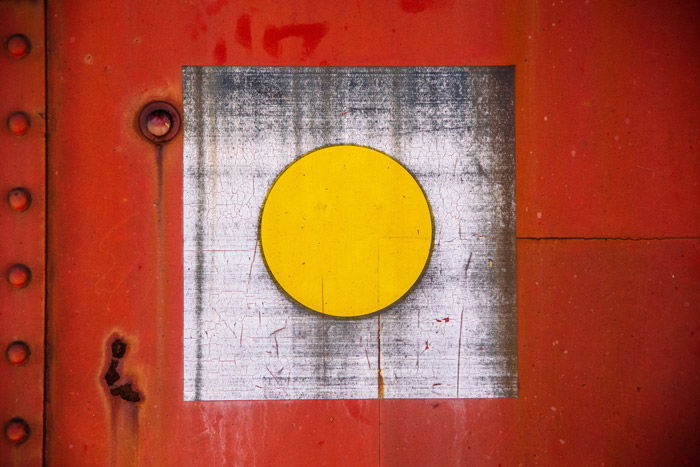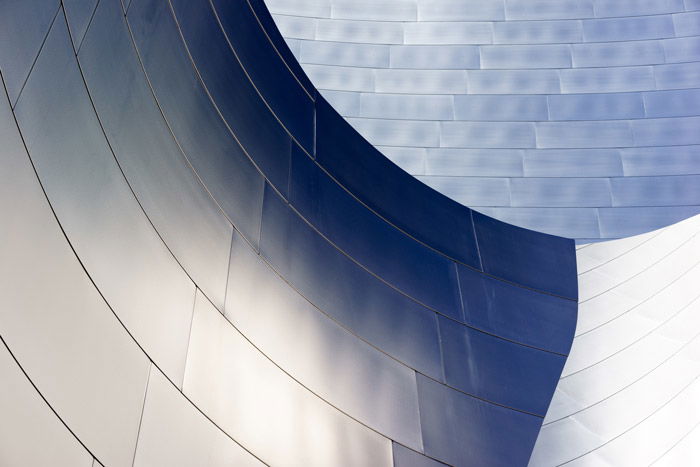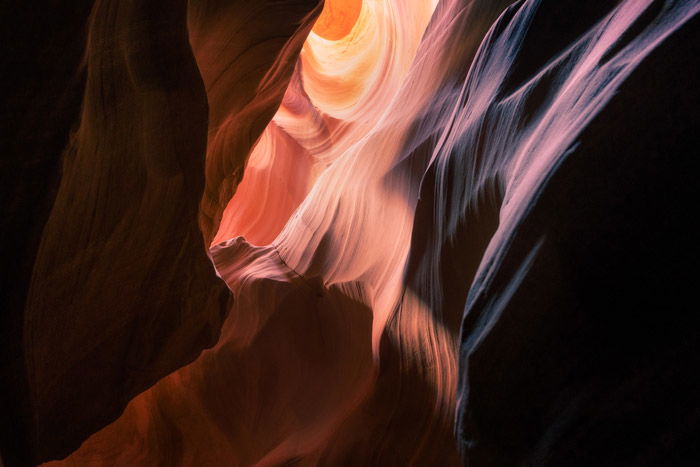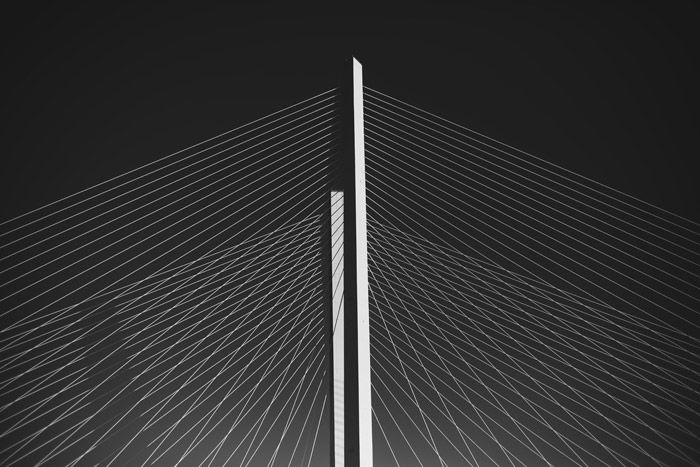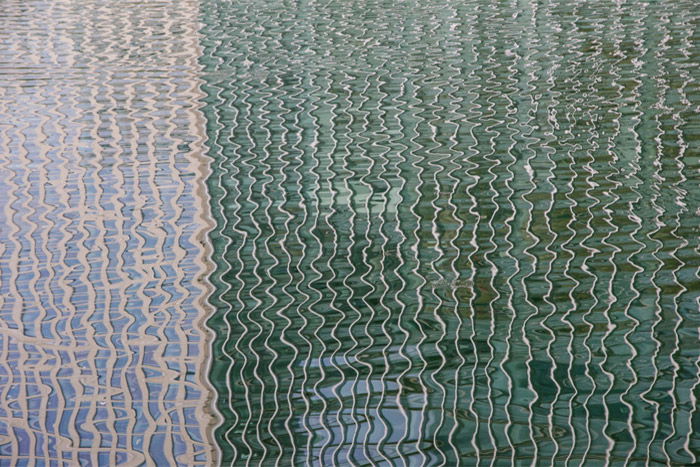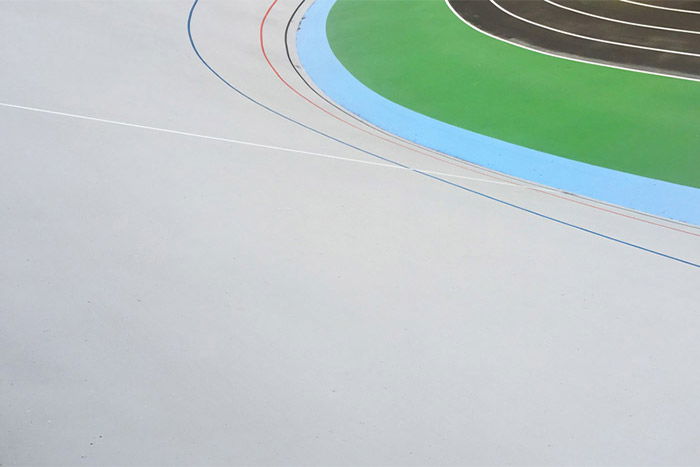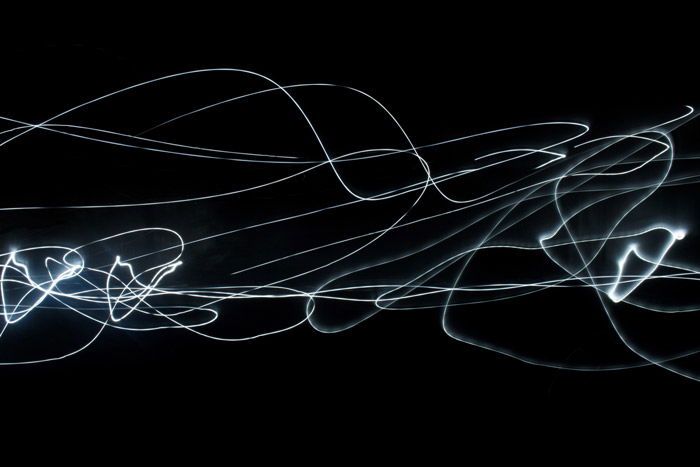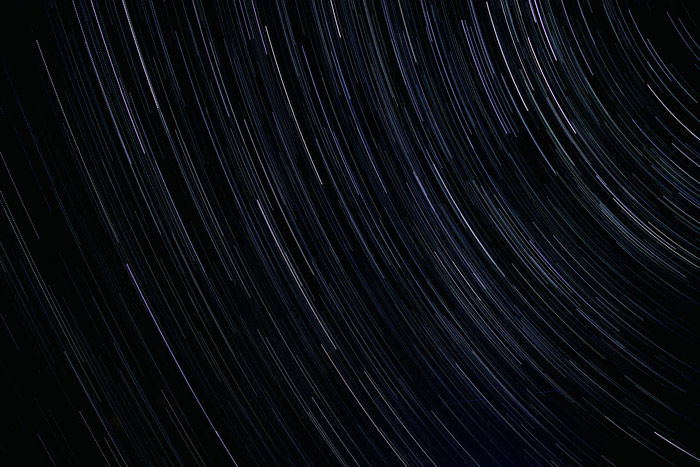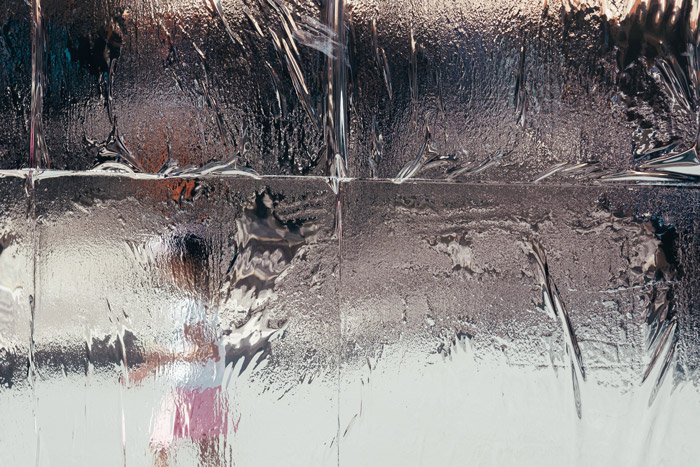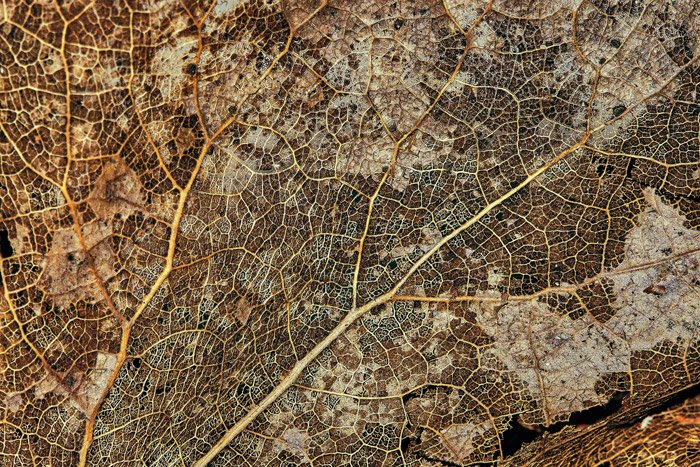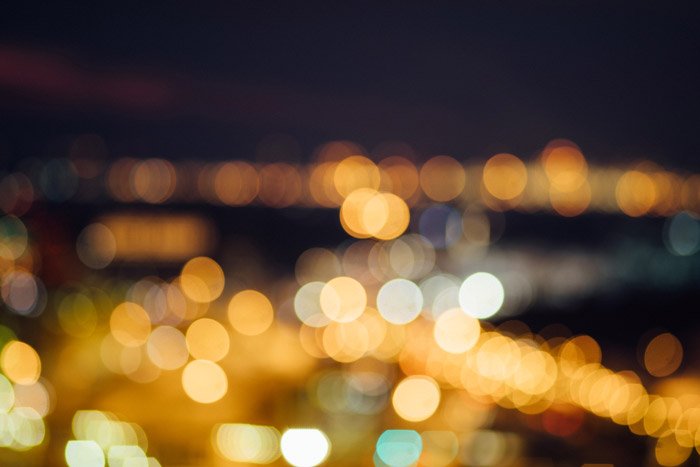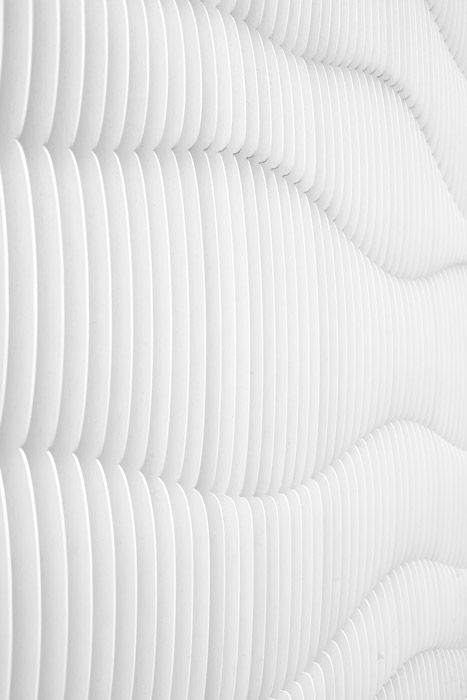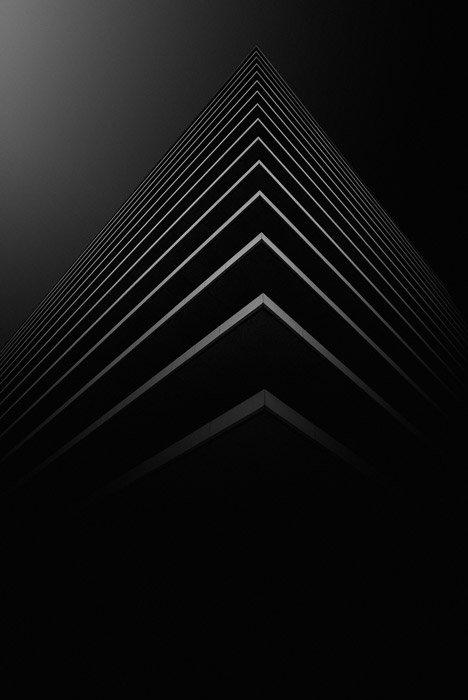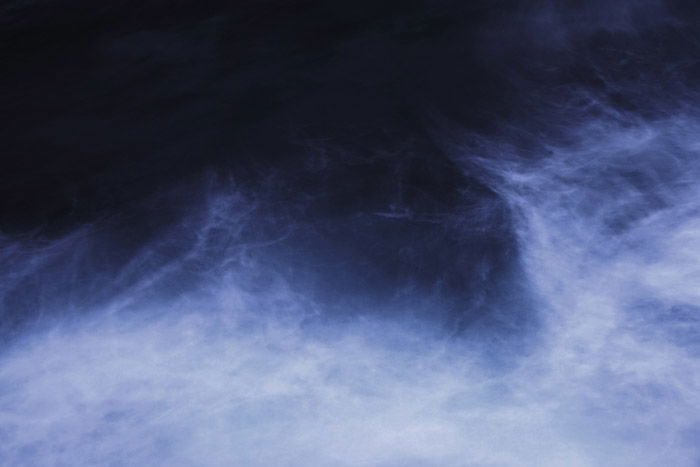25 Beautiful Examples of Abstract Photography to Inspire You
Below are some super-cool abstract photos to inspire you to create your own!
25. Focus on Shape
The muted colors of this wall foster an organic tone. With the sharp angles of the structure, it creates an intricate juxtaposition effect. The construction of the wall is also an optical illusion that plays with the viewer’s gaze. This forges a deeper connection with a viewer.
24. Line
Line is a basic tenant of composition in photography and a great way to add depth to your photographs. The gradient of light to shadow highlight the evocative lines. The light reveals detail where the darkness separates the structure. The whiteness of the subject lends an ethereal look to the overall image as if the subject were a pair of wings.
23. Bright Colors
Turn your lens to focus on bright colors. This is a fun way you can create dynamic abstract photography.
22. Nature
The complexity of organic life is both astounding and diverse. That’s why it makes such good subject matter for abstract photography. The photographer emphasizes warm colors and soft organic lines to create an abstract image.
21. Texture
How do you think this image feels to the touch? Soft? Rough? Often, abstract photography is about playing with the extent of our senses. In this way, you can bring a photograph to life. You add a new dimension to a photograph through the idea of how an abstract subject could or would feel.
20. Repetition
The points meet, the dots line up, the shapes transform. There’s something innately satisfying about viewing a well-executed pattern. Repetition and pattern in photography can be used to fill a frame with pattern. Or you can use it to highlight irregularities. In this image, the shapes tessellate perfectly. Although you can’t define the source, the effect is one of satisfaction and intrigue.
19. Camera Movement
Camera movement can be the bane of many a photographer’s existence. But the deliberate introduction of movement into an image can create intriguing, painterly effects. Abstract photography embraces experimentation. Don’t be weighed down by the need to take the “perfect” image. Try introducing some movement into your images. You can do this with panning or sweeping your camera up and down during a long exposure.
18. Getting Close
When we encounter something of interest, our natural instinct is to physically move in for a better look. Photography is often the same. The closer you get, the more detail you can reveal. Getting in for a closer shot also generates a sense of importance or intimacy in a photograph.
17. Industrial Subjects
Industrial sites are great places for taking abstract photography. The variety of colors, shapes, and textures mean that for an abstract enthusiast, industrial sites are heaven on earth. But industrial sites can be dangerous. It’s important that you seek permission first before you enter industrial premises. For more on urban exploration, check out this article. Other sites that are easier to access for industrial-looking photography include train museums, car parks, historic sites, and repurposed buildings.
16. Architecture
Architecture is a popular subject for abstract photography. One of the great things about architectural photography is that it is accessible too. It provides the opportunity for photographers to explore form and shape in abstraction.
15. Soft Color
We had a look at bright colors in number 3, but soft colors lend their own unique feel to an abstract photograph. Softer colors tend to warm or cool a photograph without overpowering it, giving the subject room to breathe. The muted pallet in this image accentuates the flowing lines of the subject, giving it the effect of a veil. They may not jump out at you as brighter colors do. But soft hues are well worth incorporating into your abstract photography.
14. Black and White
Color photography is beautiful, but sometimes it can be a distraction too. It’s the mainstream of modern photography, yes. But many photographers still choose to shoot or process in black and white. By removing color, we can cut down on intrusions. Viewers won’t get distracted by the warmth that reds provide or the cold feel of blues. A black and white color scheme also illuminates the subtle tonal differences within the image. This, in turn, emphasizes form and shape.
13. Water
Water is both a reflective and a changeable surface. You can use it to reinforce subject matter through reflection. Or you can change it up completely with movement. In this image, the lines reflected in the water’s surface are disrupted. They take on the form of waves, creating an image with an otherworldly atmosphere where the laws of physics don’t apply.
12. Minimalism
Minimalism in visual arts means stripping back the form to geometric abstraction. It’s no wonder minimalist and abstract photography often overlap. Minimalism is about what you leave out of an image rather than what you keep in. Seek out color, strong shapes, and bold lines. Use these to create an effective minimalist abstract photograph like the one above.
11. Light Trails
All photography relies on light. But abstract photography means you can experiment with the concept more. You can make light trails with long exposure and a bright light source. Make use of painterly gestures to create a photograph, and then you’re literally painting with light!
10. Star Trails
This long exposure was taken to reveal these star trails and record each star’s movement. The resulting image is abstract, speaking to the nature of time and space itself.
9. Reflective Surfaces
Using reflective surfaces is a simple way to get into abstract photography. Each movement can create a whole new scene to photograph. Photographing reflective surfaces doesn’t mean you have to stick to mirrors either. Experiment with reflective textures like foil or puddles to create an interesting perspective.
8. Macro
Macro photography is becoming more and more accessible. From insects to flowers to jewelry, close-up photography can make the details in a subject shine. Go even closer, and you get fantastic abstract images. These are complex and eye-catching. And they reveal subjects that the naked eye can barely see.
7. Urban
The urban landscape is evolving. Its colors, forms, textures, light, and life form fascinating photographic opportunities. But urban landscape photography doesn’t have to be about city skylines and streetscapes. Photographing the details that make up the urban environment documents its history. And it creates insightful photographic images.
6. Bokeh
Bokeh is a great way to create abstract, creative images. The term bokeh comes from the Japanese word “boke” which means “haze” or “blur.” If you want to create a bokeh effect like the one in this image, check out this guide.
5. High-Key
Photography and light go hand in hand, but high-key images take it that one step further. High-key images create a clean, airy atmosphere. Some darker tones are necessary for an image to be discernible. But high-key photographers seek to whittle down a subject to its bare bones. This floods it with light and eliminates as much shadow as possible.
4. Low-Key
On the opposite end of the scale, low-key photographs are dark and dramatic. They convey an atmosphere of tension or intimacy. Low-key images are made up of shadows with sparse highlights and high contrast. They enhance form by erasing superfluous detail. This gives the reader a sense of unease by appealing to our innate instincts.
3. Look Up
It’s easy to get into the habit of looking straight ahead and missing what’s going on above us. Tilt your head back and assess the surroundings. This can provide a unique and abstract perspective. Especially because most people don’t look up themselves!
2. Look Down
Ever look out the window of a jet at cruising altitude and wondered about the scene below? Aerial shots make for fascinating abstract landscape photography. When taken from a high vantage point, a scene below becomes flattened. This transforms it into a canvas of abstract shape and color. Grab a drone with a camera and you’ll be able to achieve some really interesting results.
1. Use a Slow Shutter Speed
Light trails, blurred motion, and movement collapsed into a single image. It can reflect the life force of a subject. And the idea that motion can be art is an abstract concept in itself. Shooting with a slow shutter speed uses the camera as a tool. It creates abstract photography that reveals worlds that are invisible to the naked eye.
Conclusion
Abstract photography puts emphasis on color, light, shadow, texture, shape, and form. The results images don’t have an immediate association with an object. But they evoke feelings and intrigue in viewers. This draws a viewer in and allows them to explore and question the very nature of photography itself. Pick one of these ideas and get out there. These examples of abstract photography will take you out of your comfort zone while helping you hone your skills. Check out our Wow Factor Photography course to improve your abstract photography skillset!

